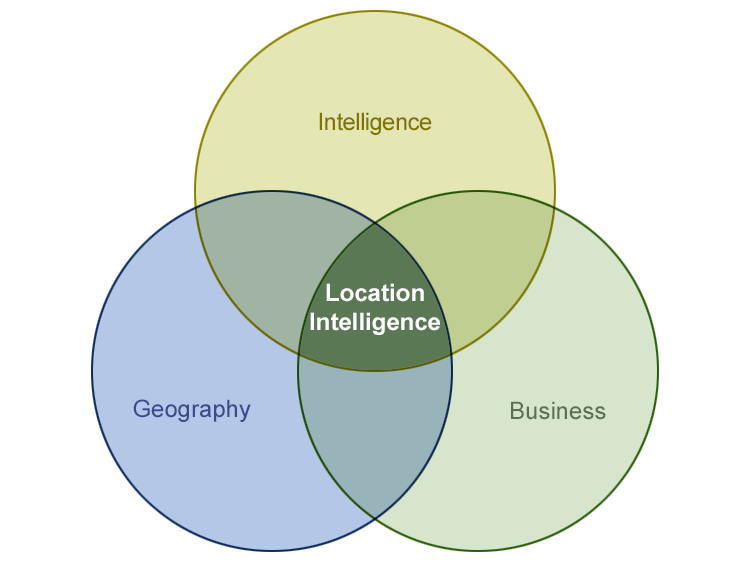Businesses organize to provide a product or service to fulfill customers’ needs. Similarly, analytical problem solving starts with user requirements and needs. In the case of business problems, who are the users and stakeholders? A business strives to lead in its industry, to gain loyalty from customers who prefer and purchase that business’ products or services. Competition boosts innovation, spurs companies to develop the most favorable products, and drives creative pricing and delivery options for consumers.
Inventors and companies learn from observing and actively participating in a competitive environment. Imitation certainly occurs and some great ideas are stolen by dishonest people; however, commerce, business, and patent laws protect original ideas and support the free economy that thrives on vigorous competition. Businesses succeed when they develop desirable products and services, offer competitive pricing, and deliver on their commitments. Competition also creates opportunities for collaboration to optimize certain products/services for customer or market needs.
Business insights—assessments to understand business situations—are connected to location, markets, and product distribution. Analyzing the business environment requires an understanding of the market, available products or services, customer preferences, behaviors, and expectations.
To produce location intelligence, one examines geospatial and business components to fully realize the situation, identify key factors, uncover patterns and relationships, and present possible solutions. Figure 1.1 depicts how Location Intelligence for Business is built on the principles of intelligence, geography, and business.

Note. Geospatial Intelligence (GEOINT) and Business Intelligence (BI) are separate areas of information and intelligence which should be recognized and not confused with Location Intelligence. GEOINT and BI are not examined in detail during GEOG 850, Location Intelligence for Business.
These three disciplines of intelligence, geography, and business have some unique foundational principles and share other, similar principles. Prunckun, Bacastow, and Lowenthal describe first principles as the fundamental concepts on which a theory or discipline functions. Fundamentally, geography is a spatial study of the earth’s surface; however, in practice, the science examines physical geography, human geography, and the environmental relationships of both.
Distance hinders interaction between places, events, and entities. Often described as the friction of distance, a consumer’s choice to purchase products locally rather than travelling a further distance can be measured in time and transportation costs. (Tobler, 1970: 234-240)
Geography is involved overtly and intuitively in business planning and operations. Geographic data, describing the location and attributes of things in the world, comes in many formats for use in analysis, creating maps, solving problems, sharing observations and insights.
Todd S. Bacastow, Teaching Professor of Geospatial Intelligence, Penn State University, introduced first principles of geospatial intelligence (GEOINT) that form a knowledge paradigm of the profession. Geospatial intelligence as a human process follows a methodology, is conducted in secrecy, and seeks to achieve an information edge or decision advantage. Integrating imagery, imagery information, and any available geospatial information, GEOINT reveals how “human behavior is constrained by the physical landscape and human perceptions of the Earth.” The discovery of relationships in space and time improve our understanding and anticipation of human patterns of life. (Bacastow, 2016)
Both human geography and census geography contribute to location intelligence. It’s a branch of geography studying patterns and processes that shape the human society; modeling human, cultural, societal, political, and economic factors.
Most business data points are linked to physical locations and times. Ryerson highlights the geoadvantage which an entity gains from analysis of geographic phenomena, human activity, and economic productivity.
A location-based research process starts with gathering all relevant internal business information and enriching it with relevant geographic information.
- Ask pertinent questions to identify key factors, data gaps, drivers which will influence the decision process.
- What business information relates to the problem?
- What business objectives are impacted by the problem?
To enrich the data for analysis, obtain geospatial information from within the organization, open sources, and reliable third-party vendors. Research geographic information, georeferenced data, specialize data, statistics, and references, in this case, business information. A geographic information system (GIS) is often used to manage, analyze, visualize, and gain an understanding of geospatial data. Relate how and where location is linked to the business information.
Conduct data enrichment to expand a resource of consumers, customers, demographics, market segmentation; often suitable to uncover customer patterns, behaviors, and trends.
An effective analysis process begins before an organization faces a problem or opportunity. Approach the situation with an educated, experienced process to develop relevant business questions, collect and enrich data, perform geospatial analysis, prepare to present findings with mapping and visualization.
A foundation for geospatial thinking in commercial settings begins with educating analysts and establishing a base for subsequent technical training in specific location intelligence applications.
The geospatial professional must practice and demonstrate critical thinking and geospatial reasoning to each problem analysis. The basis of Location Intelligence reflects core geospatial and business principles:
- Events are related by space and time.
- Objective is to engage customers and gain an advantage for the business, in some cases, to disadvantage competitors.
- Determination is made as to which references, rules, regulations, laws apply to the business question.
Read:
- Pitney Bowes. 2017. When it Comes to Analytics Success, X Marks the Spot: Location Intelligence is Driving New Insights and Providing Surprising Benefits. Harvard Business Review: Analytic Services. 3 Oct 2017. White Paper.
Note: Readings can be found in Canvas, Lesson 1, organized by topic.
Waldo Tobler. (1970). A computer movie simulating urban growth in the Detroit region. Economic Geography 46(Supplement): 234-240.
Mark M. Lowenthal. (2015). Intelligence: From Secrets to Policy. Thousand Oaks, CA: CQ Press. Sixth Edition.
Bacastow, Todd S. (2016). Viewpoint: A call to identify first principles. NGA Pathfinder.